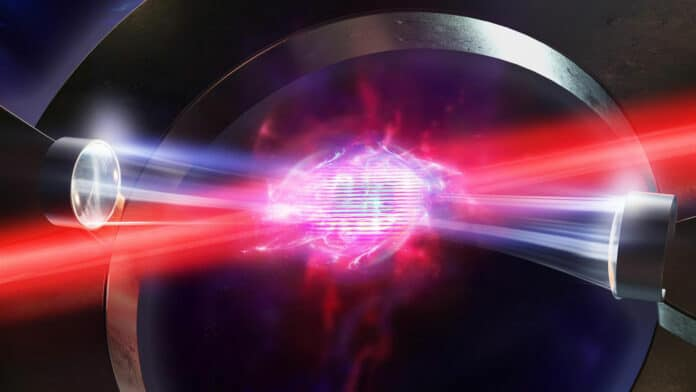Soft Condensed Matter
Soft-matter physics, is a young sub-field of condensed matter physics. This field is generally described as materials oriented with a strong focus on understanding macromolecular assemblies. These meso-scale or medium sized constituents often self-assemble or organize into macro-scale materials and demonstrate many novel and unexpected phenomenon. Many of these materials are extremely familiar from everyday life and have a vast number of technologically important applications. For example we utilize personal care and food products that are comprised of materials such as liquid crystals, gels, foams, polymers, granular matter and emulsions just to name a few. Many current theoretical descriptions of soft matter are derived through classical physics, and are often described using the tools of equilibrium and non-equilibrium statistical mechanics, symmetry breaking and many body physics.
At Georgetown, we are interested in developing tools and methods to better describe these complex systems. Experimentally, we use a variety of tools including high level processing of confocal microscopy data, optical tweezing and bulk- and micro- rheological methods. We utilize these techniques to study the behavior of systems such as soft glasses, colloidal dispersions, biopolymers, elastic membranes and cells. A large component of our work is focused on relating the microstructural properties of spatially heterogeneous systems to their bulk mechanical properties.
Daniel Blair — soft glasses, colloidal and polymer physics, crumpling, biopolymer rheology, confocal microscopy of soft materials, granular dynamics and statics
Emanuela Del Gado — statistical mechanics and computational physics; structure, cooperative dynamics and nonlinear mechanics of amorphous solids, gels and glasses; nanoscale structure and mechanics of cement gels; self-assembly of nanoparticles and fibrils at liquid interfaces; biomimetic coatings and mechanics of tissues.
David Egolf — statistical physics of nonequilibrium dynamical systems, including fluids, granular media, cardiac and neural tissue, and biopolymer networks; effective theories of QCD.
Peter Olmsted – soft matter physics and biophysics: non-equilibrium physics, phase transitions, and (nano)mechanics; theory and computer simulations; shear banding and microfluidics, polymers, elastomers, surfactants, colloids, liquid crystals; protein, motor, and lipid bilayer membrane dynamics and mechanics.
Jeff Urbach — cellular biophysics, physics of soft matter, biomaterials, biomedical optics, granular dynamics, fluid dynamics, nonlinear dynamics
.webp)



Comments
Post a Comment